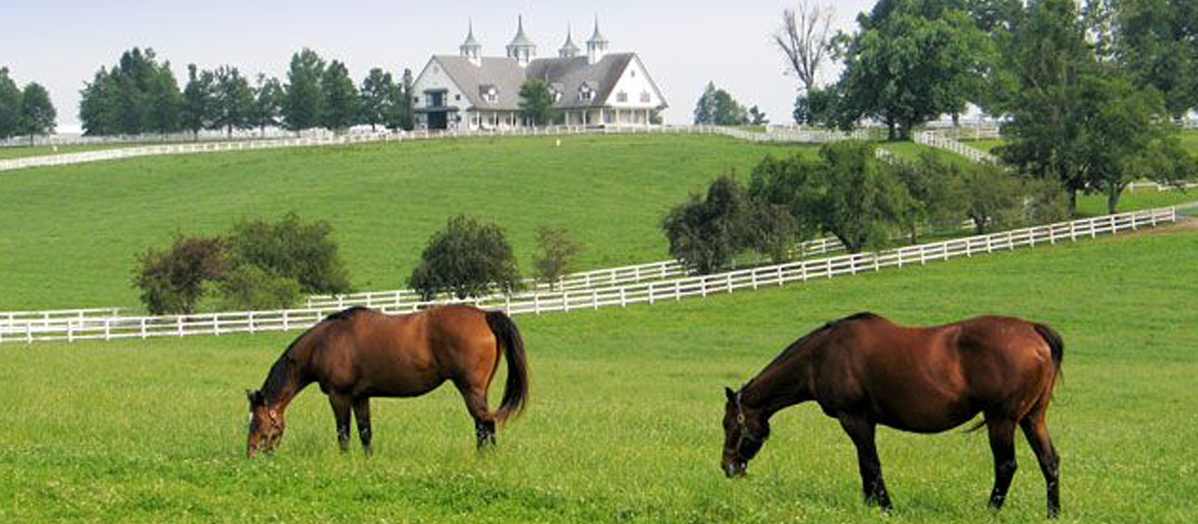365 Days in Horse Country – The One-Rein Stop

Think about it: Your trust your horse with your life every time you mount up. If your horse is sensible and well trained, it’s a risk worth taking. But even the most reliable horse can be frightened or excited, and you can lose control. This is where the one-rein stop comes in.
The one-rein
stop is your emergency brake when you are riding. With this technique, you can bring your horse
to a stop in just about any situation.
- Your horse
must know what you are asking for when you use it in an emergency so he will be
programmed to respond.Teach
your horse to give to lateral pressure with his head. While you are on the ground and your horse is
wearing just a halter, stand behind his shoulder and pull his nose toward his
side with the lead rope. Don’t let up on
the pressure until he moves his nose on his own toward his side. If he gives even just a little bit, release
the pressure and praise him.
Practice this on the other side of his body too, and do it repeatedly over a few days until he quickly and willingly gives to the pressure of the rope. Your goal is to have him touch his side with his muzzle without resisting. Once he is doing this with the halter and lead rope, switch to practicing with a bridle and reins until he gives in to the pressure without hesitation.
- Your
next step is to teach this from the saddle.
(Do not use a leverage bit or mechanical hackamore.) At the stop, ask your horse to bend his head
first to one side, then the other, touching his muzzle to his side.
If you have taught your horse well on the ground, he should catch on quickly that you are asking him for the same thing. If not, you’ll need to teach him in increments, like you did from the ground, until he catches on.
- Once your horse has mastered steps 1 and 2, teach him to yield his hindquarters. As you pull the rein to the side to ask for his head, move your inside leg back behind the girth and ask the horse to shift his hindquarters away from you. Your horse should yield his hind end as his head turns. Practice this repeatedly, on both sides, over a period of weeks. Continue to reinforce it from time to time. This is the move you want your horse to make when you are trying to stop him from running away, bucking, or rearing. You are taking control of his head and disengaging his hindquarters. Your horse can’t use his hindquarters for power when he is yielding them.
Michael







